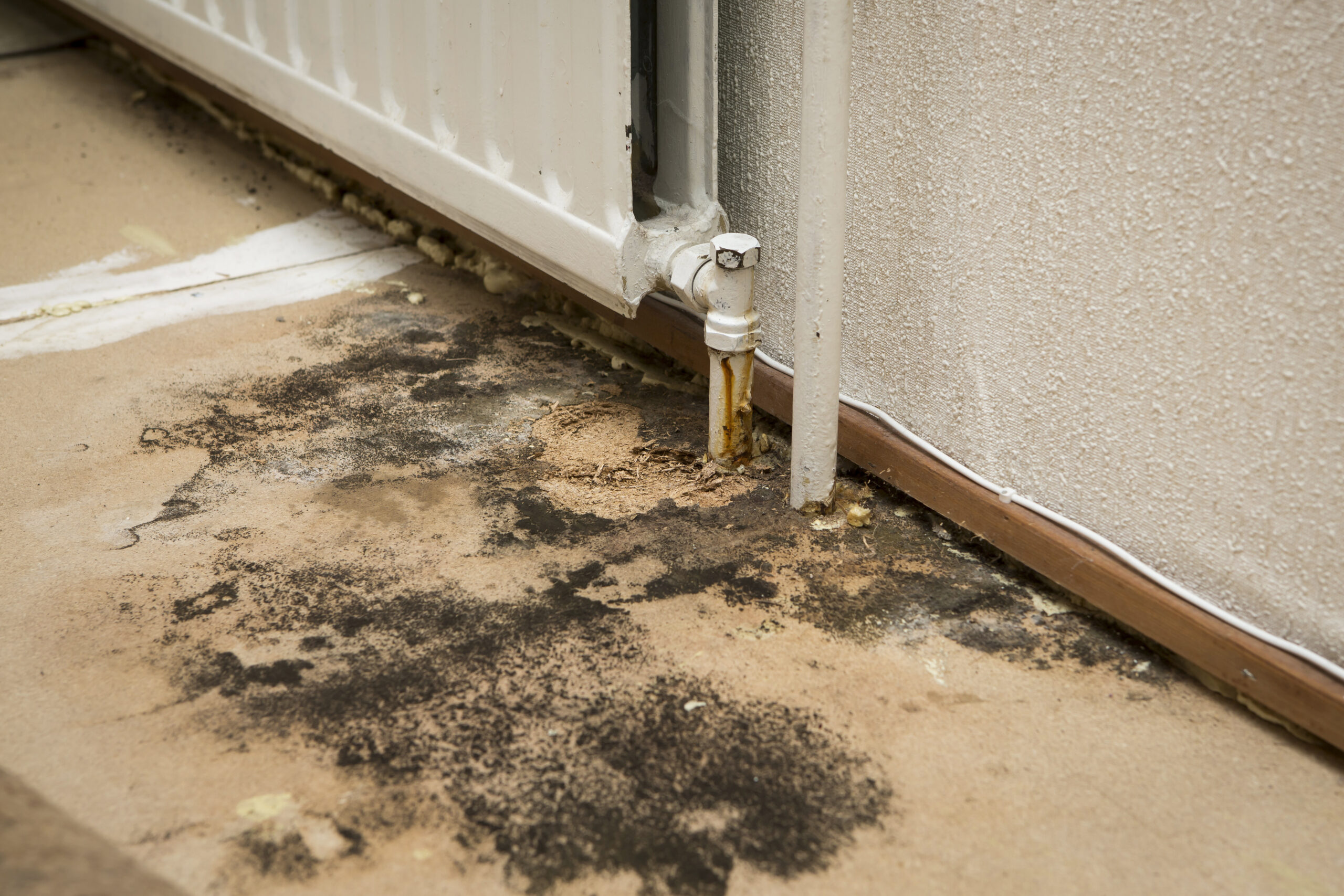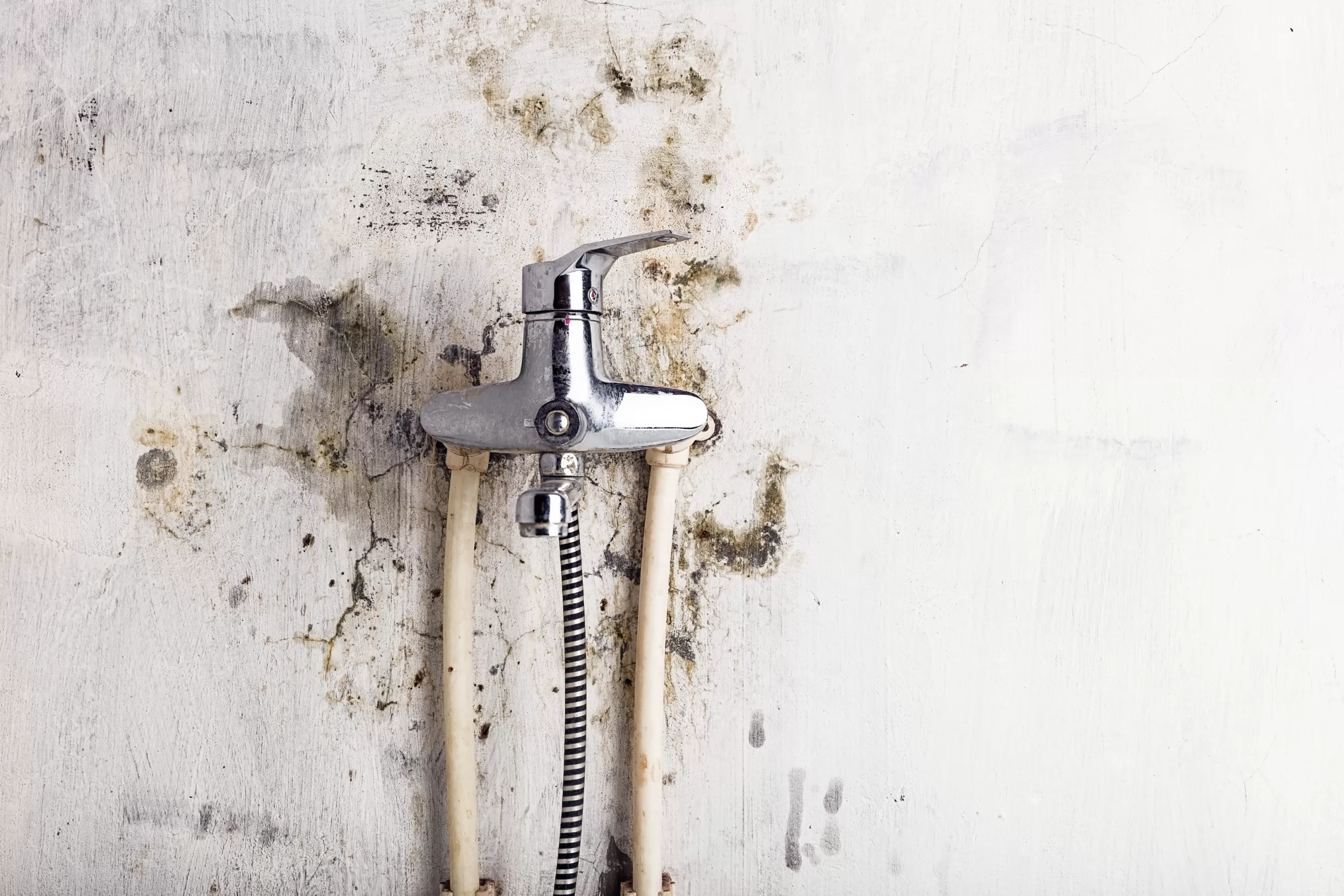The problem with household mould
Household mould is a common problem in many homes, often lurking in hidden corners or thriving in damp environments. While some household mould types are harmless, others can pose serious health risks. As a leading decontamination company specialising in mould removal and household mould, we understand the importance of recognising different kinds of mould and addressing them promptly. In this article, we’ll explore the various colours of mould you may encounter in your home and discuss their potential dangers to your health and well-being.
Black Mould (Stachybotrys chartarum):
Black mould is perhaps the most notorious, toxic type due to its dark, slimy appearance. It thrives in areas with high humidity and moisture, such as bathrooms, basements, and areas affected by water leaks. Exposure to black mould can lead to respiratory issues, allergic reactions, and even neurological problems in some individuals.
Green Mould (Aspergillus and Penicillium):
Green moulds, such as Aspergillus and Penicillium, are commonly found in damp or water-damaged areas. They can grow on walls, ceilings, and organic materials like wood and paper. While not as toxic as black mould, prolonged exposure to green mould can trigger respiratory problems, especially in individuals with asthma or allergies.
White Mould (Cladosporium):
White mould, often seen as fuzzy patches on surfaces, is a type of Cladosporium mould. It can develop in damp or poorly ventilated areas, such as attics, crawl spaces, and around windows. While generally less harmful than black or green mould, white mould can cause respiratory irritation and exacerbate allergy symptoms.
Yellow Mould (Aureobasidium):
Yellow mould, known scientifically as Aureobasidium, thrives in humid environments and is commonly found on damp walls, window frames, and wallpaper. Exposure to yellow mould can cause allergic reactions, skin irritation, and respiratory issues, particularly in sensitive individuals.
Pink Mould (Serratia marcescens):
Pink mould, caused by the bacterium Serratia marcescens, is often found in moist areas like shower stalls, bathroom tiles, and grout. While it’s not an actual mould, it can indicate moisture problems and poor hygiene. Inhaling or touching pink mould can lead to respiratory discomfort and skin irritation.
Brown Mould (Alternaria):
Brown mould, typically represented by the genus Alternaria, is commonly found indoors in damp or water-damaged areas. It can grow on walls, carpets, and fabrics, especially after flooding or water leaks. Exposure to brown household mould can trigger allergic reactions, asthma attacks, and respiratory issues.
Managing Mould in Your Home:
Identify and Address Moisture Issues:
Regularly inspect your home for signs of leaks, water damage, or high humidity. Addressing moisture problems promptly can help prevent mould growth.
Improve Ventilation:
Ensure proper ventilation in bathrooms, kitchens, and other areas prone to moisture buildup. Use exhaust fans, open windows, and use dehumidifiers if necessary.
Keep Surfaces Clean and Dry:
Regularly clean and dry surfaces prone to mould growth, such as bathrooms, kitchens, and basements. Use mould-resistant paints and materials where applicable.
Seek Professional Help:
If you suspect extensive mould growth or are dealing with toxic mould types like black mould, it’s crucial to seek professional mould removal services. At CSS our experienced team can safely and effectively remove mould, ensuring a healthy and mould-free environment.
By understanding the different colours and types of mould lurking in your home, you can take proactive steps to prevent mould growth and protect your health and well-being. If you need expert assistance in mould removal and decontamination, don’t hesitate to contact us at CSS for professional and reliable services.



